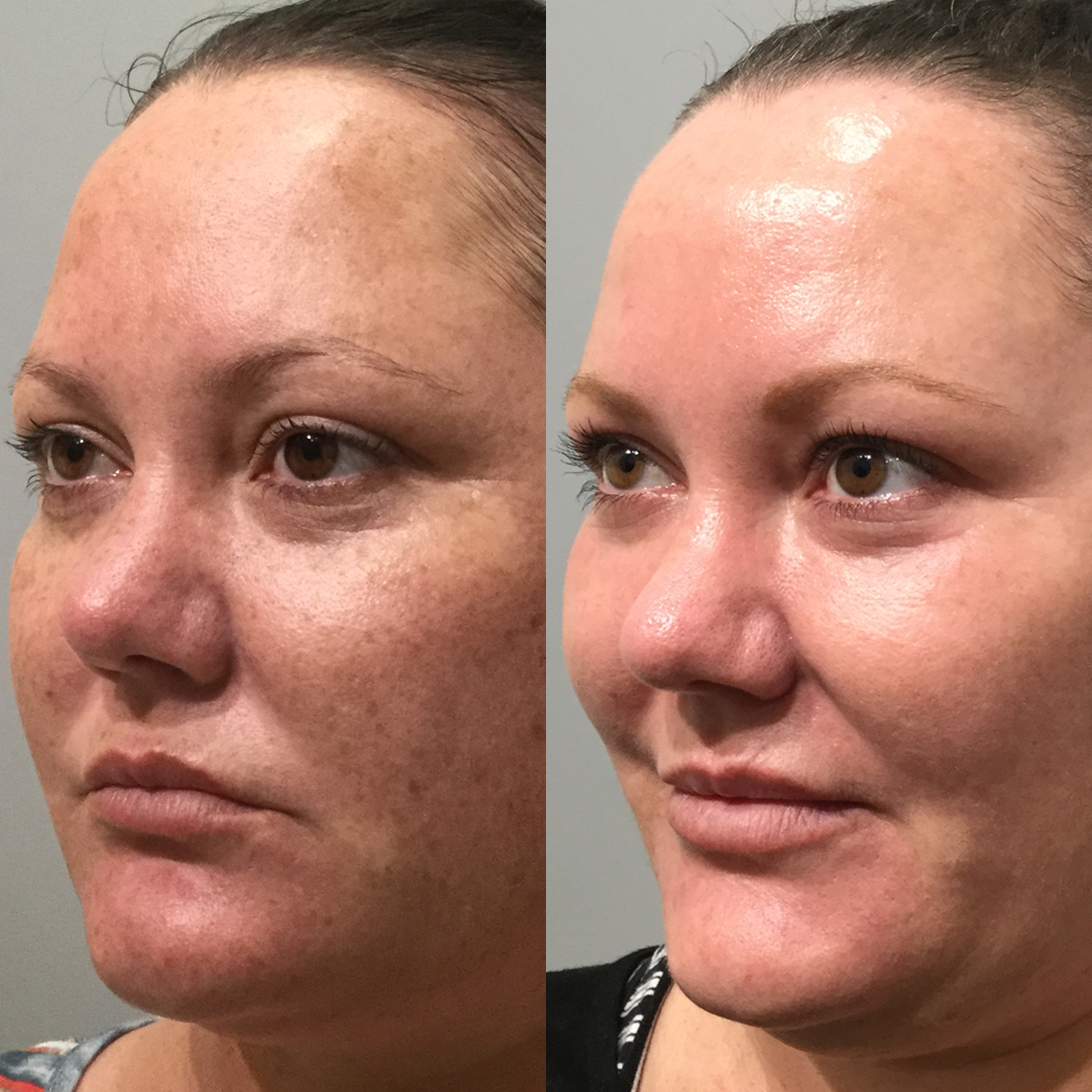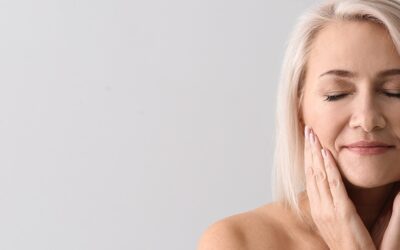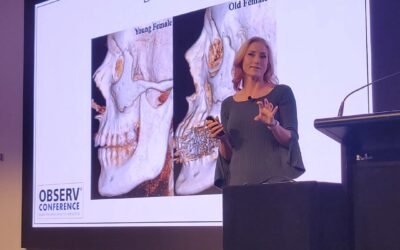Pigmentation is defined as brown spots, discoloration, or shadows on the skin. For some, it’s a minor nuisance, while in others it can be quite debilitating. Understanding pigmentation, how it’s formed, and where it sits in the skin can help you determine what the correct treatment choices are.
First, we must remember that the increase of melanin pigment in the skin is a stress response: it is there to protect us, so even developing a ‘tan’ indicates the skin is under stress. The darker brown spots or marks mean that your skin has been overstressed, creating a permanent change in the skin’s DNA, which results in pimentation changes.
The process by which the skin creates pigmentation is called melanogenesis and involves a complicated physiological process.Your skin colour and tendencey to pigmentation is determined by genetics but can also be influenced by inflammation, age, hormonal changes and sun exposure.
The skin cells are guarded by a cell called the melanocyte, this cell is responsible for depositing melanin into the skin cell to protect it. Melanin is great at absorbing light and helps regulate heat and damage. Both the type of melanin your skin produces, and the condition of your skin, can have an influence on how protected your skin is from enviromnetal factors.
There are two types of melanin produced by the skin: brownish black Eumelanin; and reddish yellow Pheomelanin.
The amount of either pigment will determine natural skin colour:
- More Pheomelanin is found in lighter skin types, which are more prone to burning and blistering. This type of skin is subejected to more damaging free radicals which can lead to carcinogenesis or skin cancer.
- Darker skins actually have the same amount of melanin as lighter skin types but have more densely packed collections of Eumelanin, giving better absorption of UV and therefore better protection.
Most pigment is deposited around the middle layer of the epidermis, but it can move around. Sometimes different influences may cause the pigment to become encapsulated deeper in the Dermis which is known as Dermal Pigment, this tends to remain in the one spot and this type of pigmentation is much harder to treat.
Thankfully there a number of ways to influence how the skin produces pigment depending on your needs:
1) Tyrosinase Inhibitors:
An enzyme called tyrosinase is a key influencer in the deposition of melanin into the skin cells by the melanocyte, so you may have heard your skin therapist mention ‘tyrosinase inhibitors’ being present in a product she has recommended. Using tyrosinase inhibitors can help regulate the production and deposition of melanin in response to hormonal or UV stimulation.
2) Vitamin C:
Vitamin C is also essential for photoprotection, it has a neutralising effect on the damaging free radicals created by UV exposure, and controls the transfer of melanin into the skin cell.
3) Vitamin A:
Vitamin A plays a key role in reversing existing damage as there are Vitamin A receptors on the skin cell and the melanocyte. Significant doses of Vitamin A can initiate gene transcription, which is the reversing of some of the damage to your DNA. This process can also influence the amount of pigment being produced and allow the skin to protect itself better.
4) IPL:
IPL is an incredibly effective way to remove superficial pigment and red veins, but remember it is heating and eliminating these structures, so you must still treat the skin with topical nutrients such as A, C, and E to improve the processes in the skin and maintain your results.

A before and after of our General Manager, Dee, who was prescribed medical grade skin care and 3 x IPL treatments. She continues to use her medical-grade skin care, increasing the efficacy of her results and helping to prevent further damage.
5) Peels:
A course of Vitamin A and C peels can increase skin cell health and helps in reversing damage to the skin. This is a great holistic approach for any skin type but is particularly important for the treatment of Dermal Pigment, which is often triggered by hormones, chemical compounds or post inflammatory pigmentation which is more common in the darker skin types.
Essentially the most important things you can do to fight pigment are:
- Everyone should be using active home care containing Vitamin A, C and tyrosinase inhibitors plus a good sunscreen regularly reapplied (2 hourly); this is what is fundamentally changing the way the skin cell behaves and the way it distributes pigment or melanin.
- Maintain a healthy, well-hydrated environment in the skin to enable the processes of the cell to continue in a stable way, which allows the skin to protect itself better.
- It is important to choose a skin therapist who can recognise what type of pigment concerns you have, the level it sits at and also understands your genetic skin type, as it will influence your treatment plan and efficacy.
We’ve noted some great products below that can help with pigmentation correction, but as you are all unique, you will need to have a 1-hour skin assessment before buying any products so we can ensure you have the products that are specifically tailored to you!
From your Skin Team Leader,
Lauren





